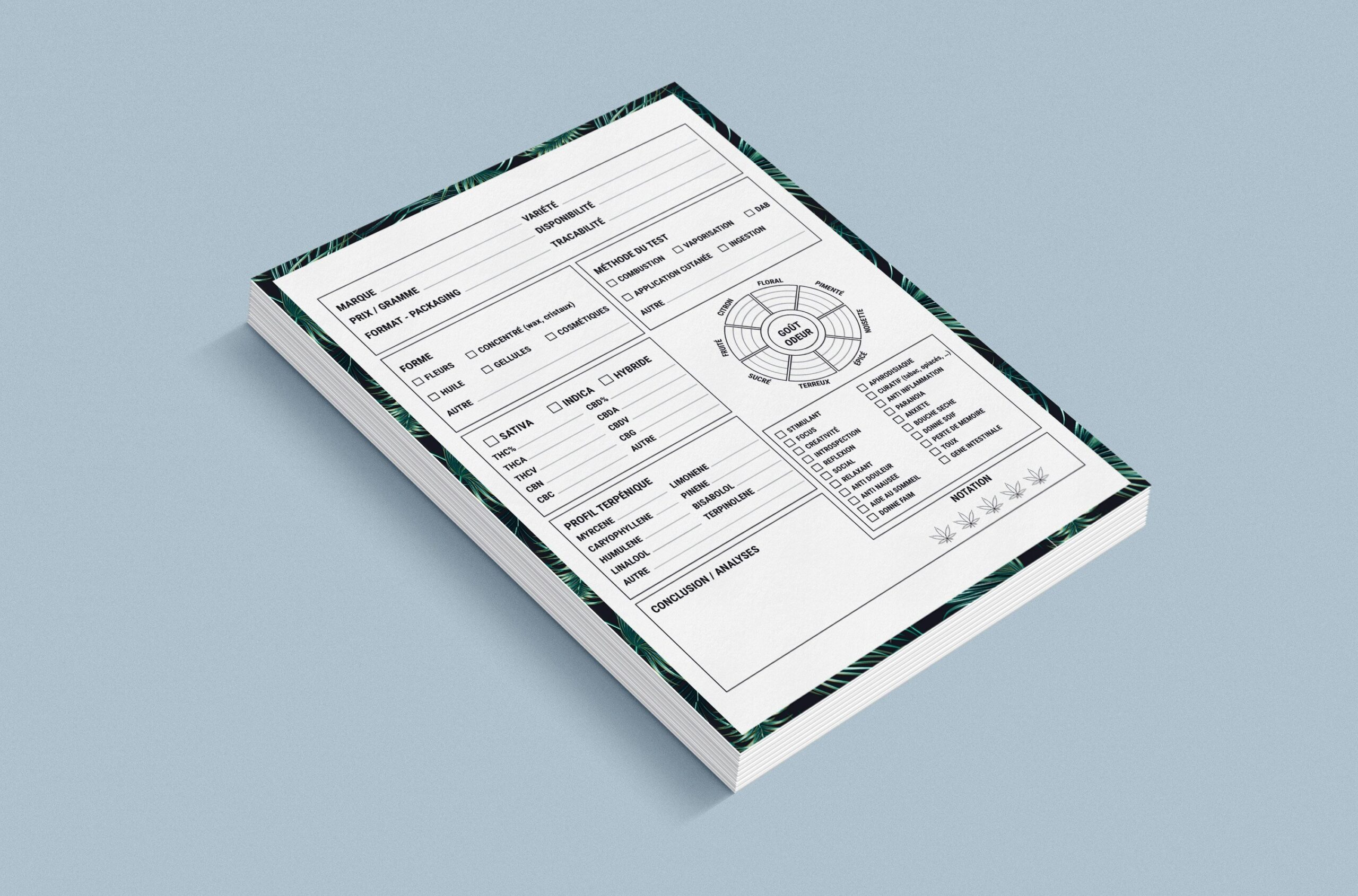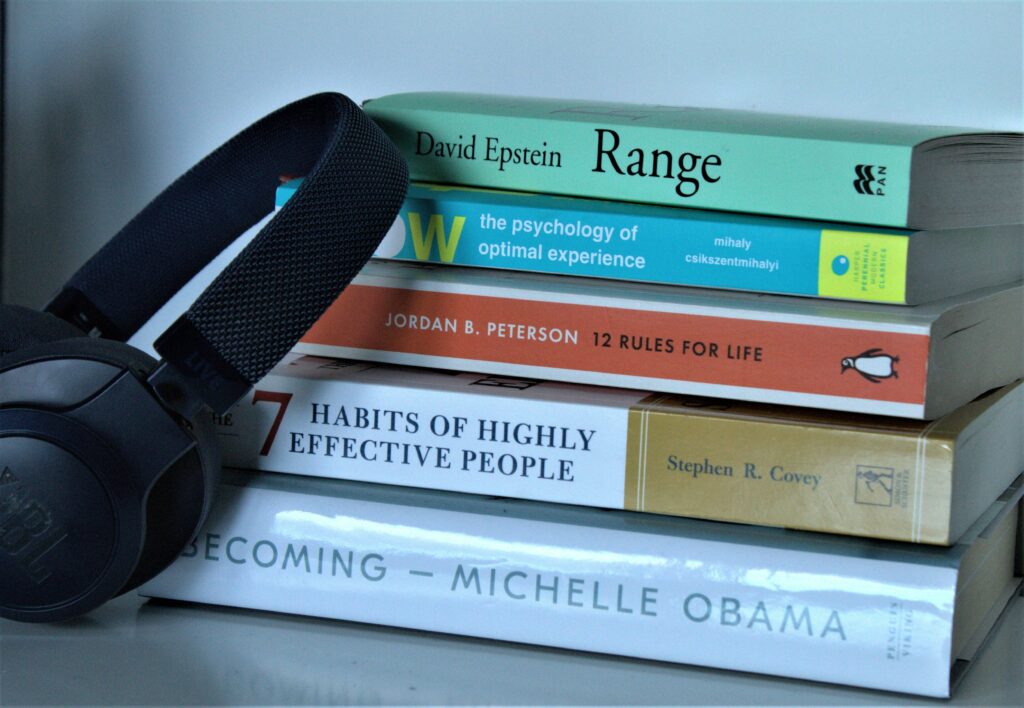“Ever stared at your screen, overwhelmed by a wall of text you couldn’t decipher? You’re not alone.” For people with dyslexia, navigating written content can feel like decoding an alien language. But what if there was a way to make reading less stressful and more accessible? Enter “Read Assist Risk Assessments”—a powerful approach using tailored apps designed specifically to support individuals with dyslexia.
In this guide, we’ll dive deep into how these assessments work, why they matter in the realm of health and wellness, and the top dyslexia apps out there. We’ll also provide actionable steps, tips, and real-life examples so you can find the right tools for yourself or someone you care about.
Table of Contents:
- Key Takeaways
- Why Read Assist Risk Assessments Matter
- How to Use Dyslexia Apps Effectively
- Best Practices for Choosing the Right App
- Real-World Success Stories
- FAQ About Read Assist Risk Assessments
- Conclusion
Key Takeaways:
- “Read Assist Risk Assessments” help identify personalized solutions for managing dyslexia through apps.
- Dyslexia apps aren’t one-size-fits-all—tailoring them to individual needs is crucial.
- Proper app usage combined with practice improves reading fluency over time.
- Avoid falling for flashy gimmicks; prioritize apps backed by research and user reviews.
Why Read Assist Risk Assessments Matter
Optimist You: “These assessments are key to unlocking better learning outcomes!”
Grumpy You: “Ugh, fine—but only if it doesn’t involve another trial-and-error nightmare.”
Let’s talk turkey. Did you know that nearly 15-20% of people experience some form of dyslexia? Despite its prevalence, many struggle silently because traditional methods often overlook their unique needs. That’s where “Read Assist Risk Assessments” come in. These evaluations pinpoint areas where reading difficulties occur, allowing users to select apps that address those specific challenges.

Understanding dyslexia starts with data—here’s a snapshot of global impacts.
The Secret Ingredient Is… Trust!
Here’s the deal—I once downloaded five dyslexia apps thinking any would do. Spoiler alert: They didn’t. Instead, I wasted hours trying (and failing) to adapt to interfaces that felt like square pegs in round holes. Trust me when I say: A good Read Assist Risk Assessment saves you from that chaos. It’s chef’s kiss for finding apps that actually fit YOUR brain wiring.
How to Use Dyslexia Apps Effectively
Step 1: Understand Your Needs
Before jumping into the app ocean, ask yourself:
- Do you need text-to-speech functionality?
- Would font adjustments or color overlays improve readability?
- Are games or interactive activities helpful for reinforcing skills?
Step 2: Test Multiple Options
Don’t settle after downloading just one app. Try three or four options within different categories—like reading aids, word prediction tools, or comprehension boosters—and compare which works best.

This chart compares leading dyslexia apps based on key functionalities.
Step 3: Build Consistent Habits
Apps are useless sitting untouched on your device. Set aside daily blocks (even five minutes!) to practice using them consistently. Over time, small efforts compound into big wins—just like saving spare change eventually buys you a latte.
Best Practices for Choosing the Right App
- Prioritize Accessibility: Ensure the app supports multiple languages, fonts, and customization settings.
- Check Reviews: Look beyond star ratings. Dive into comments for insights about usability and effectiveness.
- Free Trials First: Before committing financially, test free versions to ensure compatibility with your goals.
- Avoid This Terrible Tip: “Use the first app recommended without researching.” Yeah, don’t be THAT person.
Real-World Success Stories
“I never thought I could read full paragraphs without getting lost—until I started using [Popular Dyslexia App] paired with my Read Assist Risk Assessment plan,” says Sarah T., a freelance writer who struggled with dyslexia throughout her career.
Similarly, James P., a middle school student, credits his improved grades to consistent use of text-to-speech software identified during his assessment. Hearing success stories reminds us that progress takes patience but pays off exponentially.
FAQ About Read Assist Risk Assessments
Q: How long does a typical assessment take?
A: Most assessments range between 30 minutes to 2 hours, depending on depth and complexity.
Q: Can children benefit from these assessments?
A: Absolutely! Early identification leads to better outcomes as kids develop lifelong strategies.
Q: Are all dyslexia apps expensive?
A: Nope. Many great apps offer free versions, though premium plans may unlock advanced features.
Conclusion
So here we are—the endgame. “Read Assist Risk Assessments” might sound intimidating, but think of them as your personal roadmap toward smarter dyslexia management. With the right apps, consistent practice, and honest evaluation of what works (and what flops), achieving greater reading independence becomes entirely possible.
To recap:
- Take advantage of risk assessments to personalize your approach.
- Choose apps wisely based on trusted feedback and feature alignment.
- Stay committed to building new habits—even tiny ones count.
Ready to level up your reading game? Start today. Remember, like tending to your Tamagotchi back in the day, progress happens step by step. 🌱✨
Screens glow softly bright,
Words flow smoother than before,
Hope blooms page by page.


